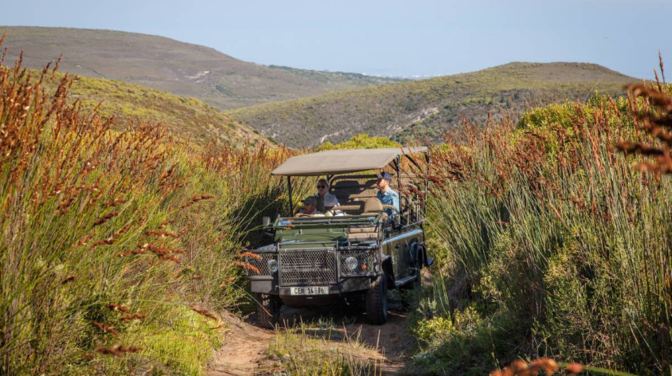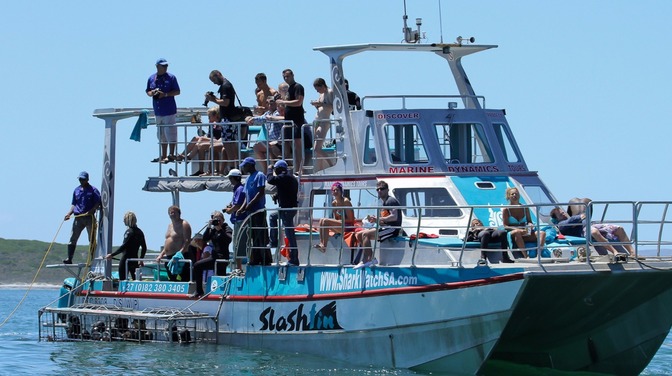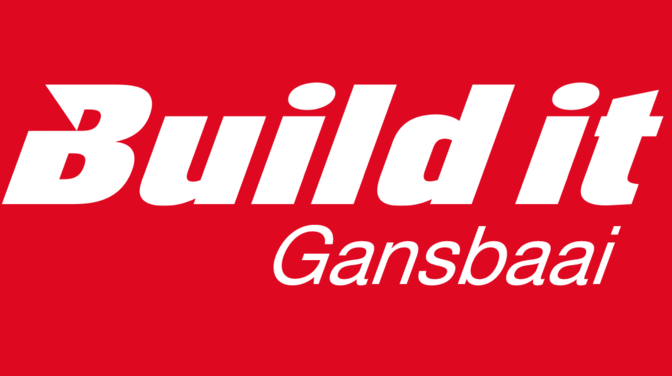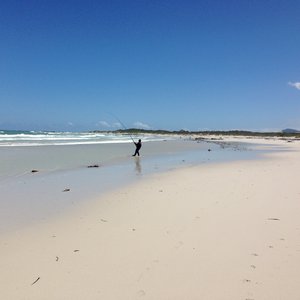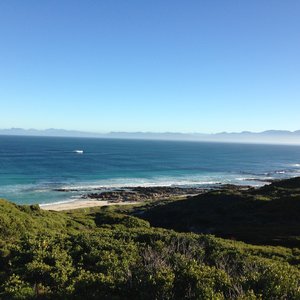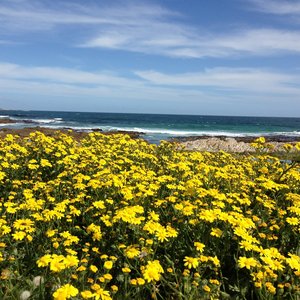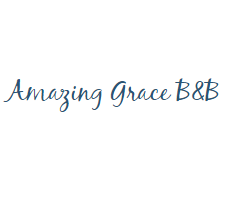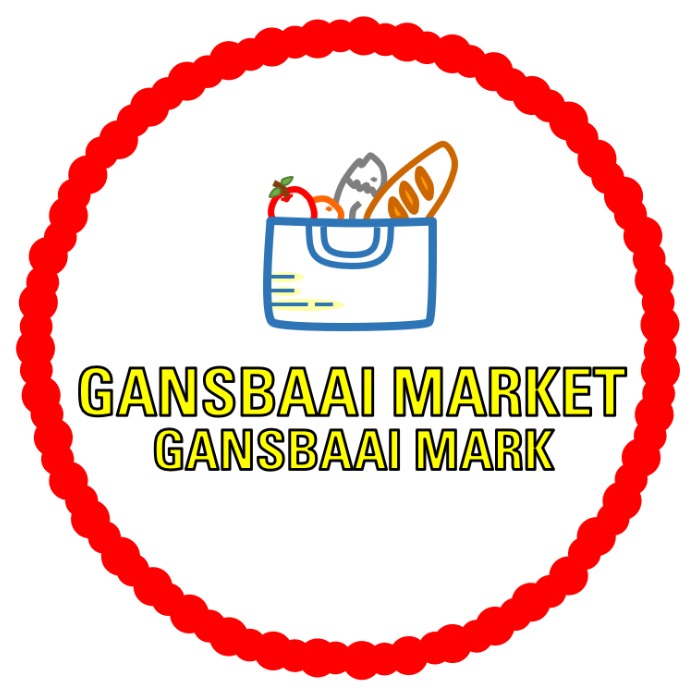1. Romansbaai has a rich coastal life and boasts the Marine Big 5. Which consists of Whales, Sharks, Dolphins, Seals and Penguins.
2. Romansbaai is characterized by a type of fynbos called Overberg Dune Strandveld vegetation. A large portion of this plant community consists on thicket and forests.
3. Romansbaai supports significant numbers of Milkwoods, which are a Protected Species in terms of the Forest Act.
4. The Milkwood thicket in the sheltered south western corner of the Estate is very well developed, and is tall enough to be termed a Forest.
5. The Romansbaai Forest patch is the favoured haunt of numerous fruit eating birds (eg. Sombre Bulbul) and small animals, and has a very high conservation value.
6. Romansbaai has a very healthy population of Black Oyster Catcher’s which is a rare and endangered coastal bird and the inspiration for our logo.
7. Romansbaai has its own North Facing sand beach which is well protected from the South Easter.
8. If the right permits are granted, one could feast themselves from the rich coastal delicacies such as muscles, cray fish, line fish and sea weeds rich in healthy minerals such as iodine, selenium, calcium and iron.
9. Romansbaai has an established walking trail almost 10km Long which goes through fynbos, forest and beach all on one estate. One could walk it, run it or cycle it.
10. Romansbaai Estate is 220 Hectors of which only 15 Hectors would be developed once the Estate is finished. Our smallest erf is 1200m2 and our largest being 6400m2. An average single plot in South Africa is about 600m2. Each erf has to have a large portion left to pristine fynbos and no fences are alound. These facts have earned Romansbaai’s reputation of being South Africa’s premium beach and Fynbos Estate.

